
The oral mucosa can be the seat of pathologies considered as minor, such as inflammations, which cause bleeding of the gums, or ulcers. These cause discomfort and sometimes pain, bacterial diseases such as periodontal abscesses.
These pathologies can appear spontaneously or after a procedure in the dental practice.
There are few effective treatments for these minor pathologies.
Klirich has been developed in response to these inffections.

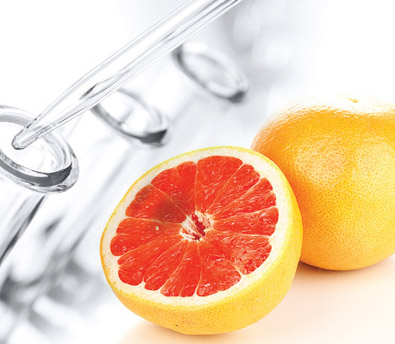
Natural antimicrobial
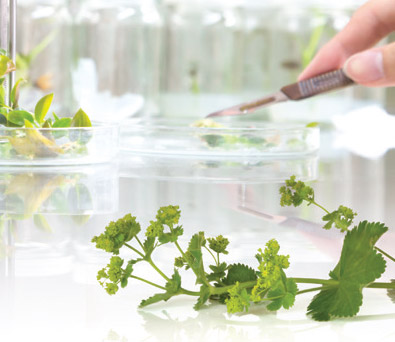
Wound healing, antihaemorrhagic
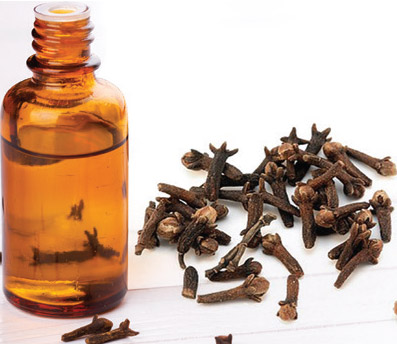
Local anaesthetic, antiseptic
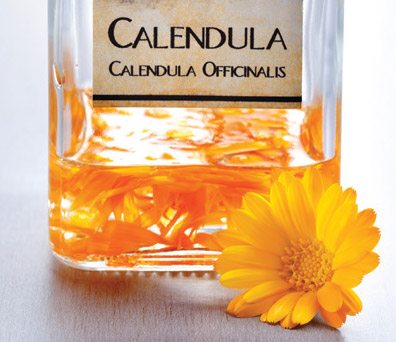
Anti-inflammatory, antioxidant, analgesic

Regenerative
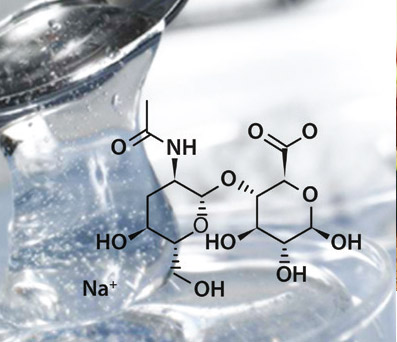
Moisturizing effect
3 daily massages of 15 seconds and leave it on inflamed site
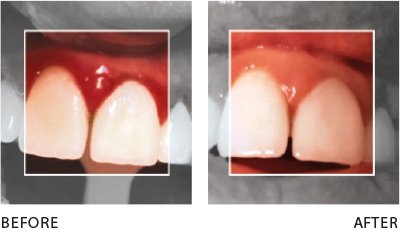
Reduces post scaling and root planing gingival inflammations.
Decongests the gums and mucosa.
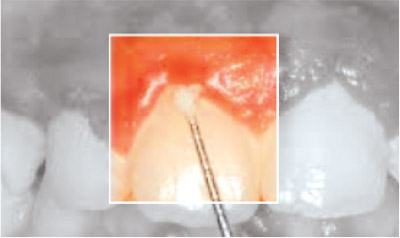
Prevention and treatment of gingival inflammations around the teeth and implants.
Visible eff ect from the first 24 hours.
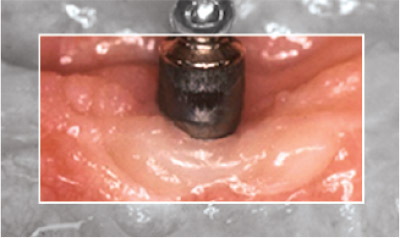
Prevention of peri-implantitis.
Significantly and quickly reduces symptoms.

Treatment of aphthae and mouth ulcers on infl ammatory ridges or any type of mucosa.
Reduces 99 to 99.99 % of the tested microorganisms* in the mouth.Acts from the first 24 hours.
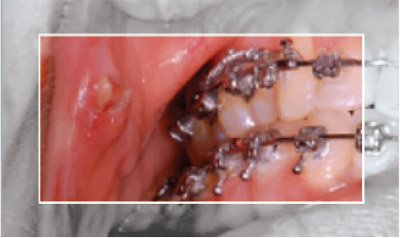
Treatment of mechanical injuries related in particular to braces.
Reduces 99 to 99.99 % of the tested microorganisms* in the mouth.Acts from the first 24 hours.

Clinical Investigation Report according to ISO Standard #14155: 2011
Date and report: 22/01/2016
Clinical report available upon request
